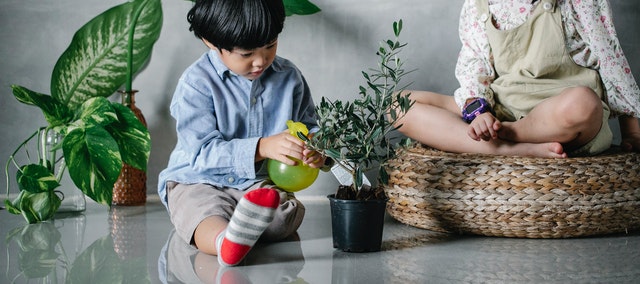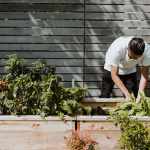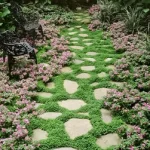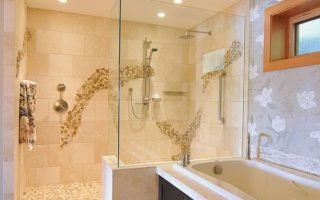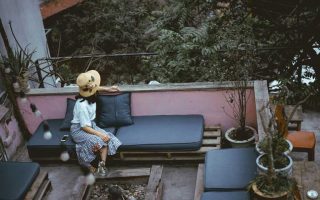2020 was the year of the plants. No one can deny that. Because we’ve all seen it. Little plants cramped up in makeshift gardens, local nursery shops suddenly getting flocked by people, carrying artsy tote bags for their new babies, and our IG feed filled with filtered snaps of cute potted greens Best Pots.
Certainly, nursing house plants has become a normal trend and lifestyle, especially last year when we must do everything just to keep our sanity. With no regret, we turned to our unassuming plants.
And for the new plant moms and dads out there, you’re probably on the repotting stage right now, that’s probably why you’re here, right? For this piece, we consulted our fellow plant parents in Hello Blooms to help you with your repotting phase.
According to them, the repotting stage lies heavily on choosing the best pots for your plants. And below are some great tips on how to look for those
Table of Contents
Size does matter for Best Pots
The first thing you should consider when repotting is size. As your plants grow, their roots will also need more room to grow. And it will ultimately affect the size of the pot that you should buy.
Ideally, the size of your plant’s new pot must be an inch wider than its root mass to give it more room for it to extend its roots. But if you expect your plant to grow much faster than usual, buy a pot that is four inches wider.
No matter what size you need, your local hardware or garden shop probably has it. You just have to tell them which size you will need. Here’s a quick guide:
10-inch pots—This size is already a good pot for succulents, vegetables like lettuce and other herbs for it can support about three gallons of potting soil.
14-inch pots—This size can also nurture other leafy plants. Remember that the bigger the pot, the bigger plant which it can hold.
18-inch pots—Here you can finally grow that cactus you’ve been eyeing. Aside from that, you can also grow here the regular veggies like broccoli, tomatoes and bell peppers.
24-inch pots—If you want your room to have its own little jungle, you might want to hoard these pots because these can nurture massive house plants. Just be sure that there’s enough room for the root system to grow.
Choose what pot material you need
While differences in materials used in pots are purely for aesthetic purposes, it’s still worth learning, as they will later affect your purchase decisions.
The four main types of material that are widely used today are plastic, red clay, ceramic, and baskets. We promise you won’t have a hard time getting a hold of these as even small-time shops have these. Unless they ran out of stock.
Plastic Best Pots
Plastic materials are generally cheaper and tend to be more lightweight than the counterparts. Plastic pots are perfect for those who are neophytes in the game. They also vary in colors so you can still do plant parenting with style.
Terracotta Pots
Red clay pots are naturally porous so they tend to absorb more water from the soil. After the absorption, the water is usually dried out that’s why it’s the perfect pot for drought-tolerant species like succulents.
Ceramic Pots
If you’re gunning for a posh and chic vibe in your garden, glazed ceramic pots will do the job. They’re heavier and are available in various designs, bringing out a character that you’ll certainly love. Unfortunately, they come with a heftier price tag. But if money is not a problem for you, go get these stylish pots!
Hanging Baskets
If you have small plants that you want to bring inside your room, go with hanging baskets. They will bring a fresh and minimalist aesthetic to your space. Just be careful not to put objects below the baskets to avoid them getting wet.
There is certainly no one size that fits all. All pots are different and are not created equal. So if you’re looking to buy new pots for your repotting stage, know your plants first. After that, you could simply make pot hoarding decisions based on your preferences.
Once you’ve mastered the art of repotting, no one’s stopping you now to be the best plant parent there is!

